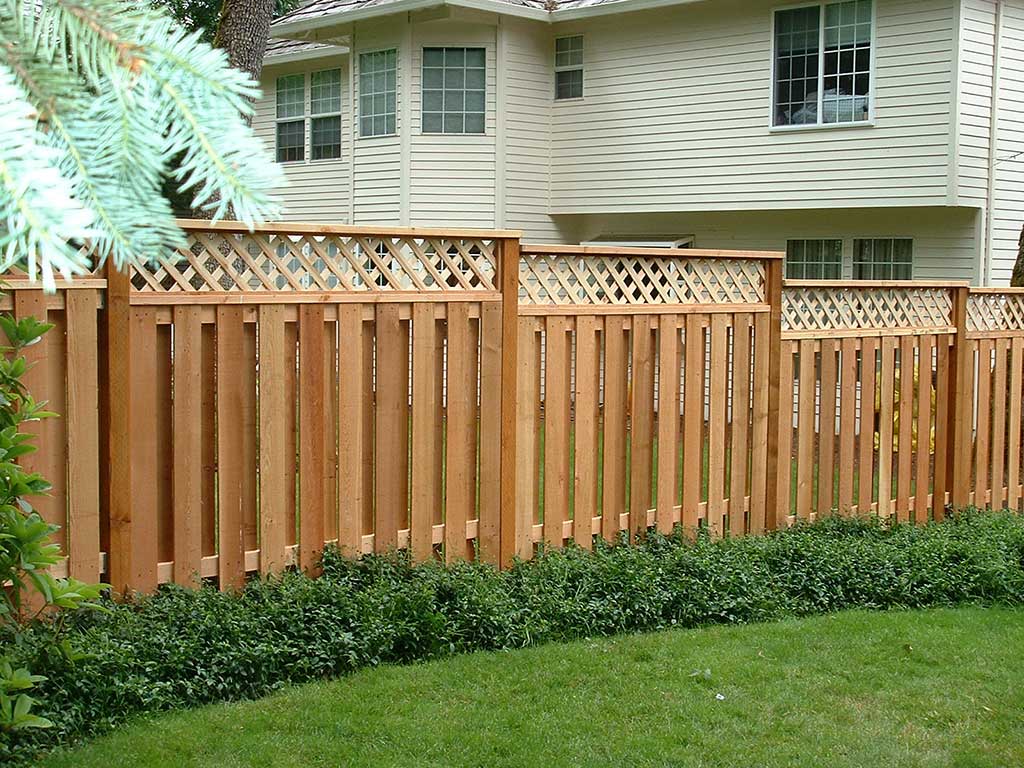

The species of wood depends on your geographic location. Pressure-treated wood is either southern yellow pine (SYP), spruce, fir, pine (SPF), Douglas, or hemlock fir. This forces the preservative into the wood. The tank is then filled with wood preservative and put under an ultra-high PSI. Manufacturers take standard softwood lumber, bundle it together, then place it in a huge pressure tank. The term “pressure” derives from how they treat the wood. Pressure-treated wood is softwood lumber that is infused – treated – with preservatives to make it last in outdoor conditions. Soft – While the low density of the cedar has its benefits, it also makes for a relatively soft surface, prone to unsightly dents and dings that could bother some deck owners.Color – While the initial cedar color is very attractive, over time it fades to a silver-grey, which is not as attractive and may be a turn-off to some homeowners.Right now, cedar costs anywhere between 25 to 35 percent more than pressure-treated lumber. Cost – The main disadvantage of a cedar deck or other types of structure is the cost.Repels Insects – Just as the cedar resists decay and rot due to the acids – or ‘phenols’ – in the wood, it is also able to act as a deterrent to insects due to the same compounds in the wood.Temperature Resistant – Cedar lumber can withstand cold and hot environments equally well since the low-density wood can expand and contract without splitting the wood.Over time cedar will weather into a silver-grey and you only need to clean it annually with soap and water. Low Maintenance – Cedar needs only regular, minimal cleaning to keep its look and integrity.The softness of the wood makes it malleable, which will help it resist cracking and splitting that typically speeds up the decay process. Warp Resistant – Cedar is extremely low density with a very straight grain pattern making it resistant to warping in moist environments.Decay and Rot Resistant – The acids and oils within the cedar tree are what give it the properties to resist decay, particularly when exposed to moisture.Advantages of Cedar WoodĬedar is nature’s own pressure-treated wood, so let’s take a look at some of the advantages of using it. Below we’ll take a look at the specific pros and cons cedar has versus pressure-treated wood.

Thus you have a higher likelihood of getting sapwood, and not heartwood, lumber from white cedar than from western red cedar.īoth types of cedar, however, have the general characteristics that differentiate it from other types of lumber one would use to construct a deck or other project around the house. This makes it less desirable than western red cedar because the heartwood – the part of the cedar most resistant to decay and insects – is smaller. In general, western red cedar has a different hue than white cedar as it has a muted red tone, whereas white cedar is pale. They both have decay and insect-resistant properties, but the colors differ and the girth and length of the two species vary so the availability of certain dimensions may vary depending on which type of cedar species is available in your area. The rest of the country likely has western red cedar. In the Northeast and Eastern Canada, the cedar at your local home reno store is more than likely eastern white cedar. But not all cedar is from the same species.ĭepending on where you are in North America, you may have a different type of cedar. To a lesser extent, the smell and color are also attractive. Cedar and Pressure Treated Wood Best UsesĬedar stands out in any home reno store because of the color and grain pattern: straight, evenly spaced grain that is pleasing to the eye.Cedar vs Pressure Treated Wood: Key Differences.Below we’ll cover everything you need to know about pressure-treated vs. Whichever choice you go with, understand that there are significant long term differences between the two types of lumber. Overall, cedar will require less maintenance than pressure-treated lumber, although the up-front cost can be significantly more than cedar lumber.įor many, the choice often comes down to initial cost and the materials available at your local home reno store. Pressure-treated lumber is cheaper than cedar and can last a similar duration if maintained properly. It’s an excellent option if you want a natural look and feel for a deck.

Which is better? Unfortunately, the question doesn’t have a straightforward answer and both can be used with excellent results, if maintained, for years.Ĭedar is known for its ability to naturally resist decay, nor will it warp when exposed to moisture. One of the biggest questions you’ll have to answer when you build a deck is whether to use pressure-treated wood or cedar.


 0 kommentar(er)
0 kommentar(er)
